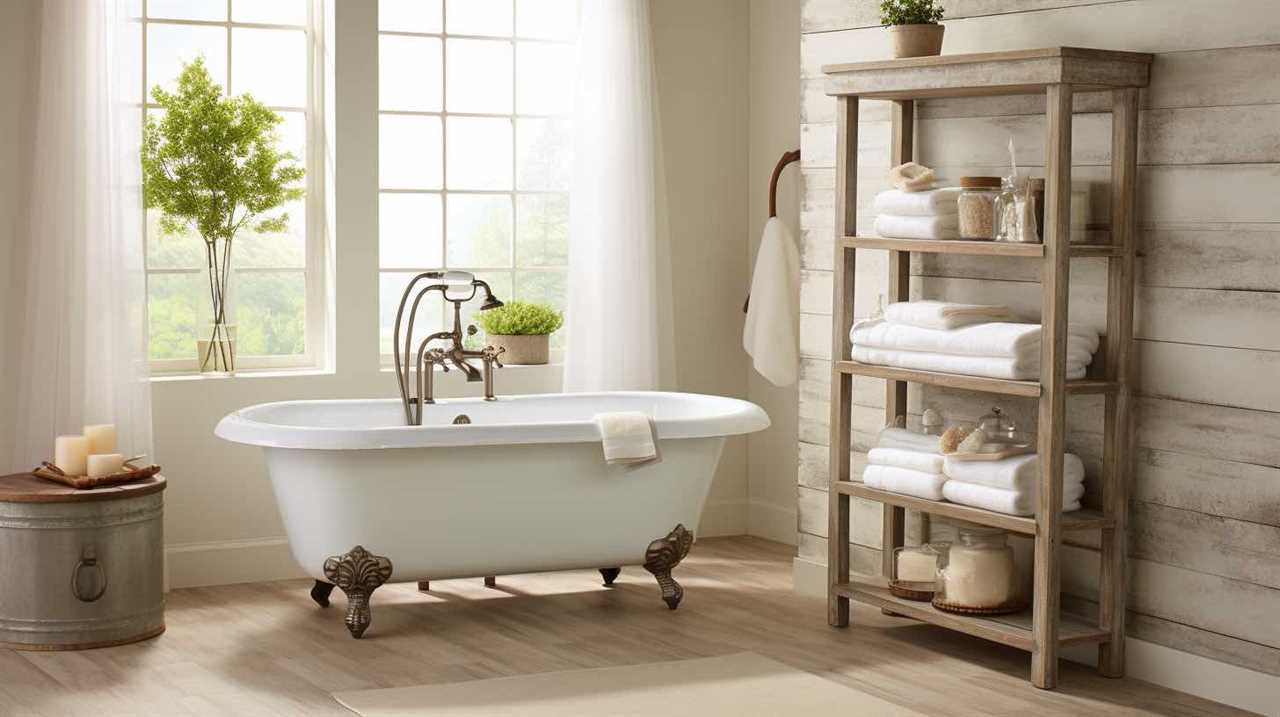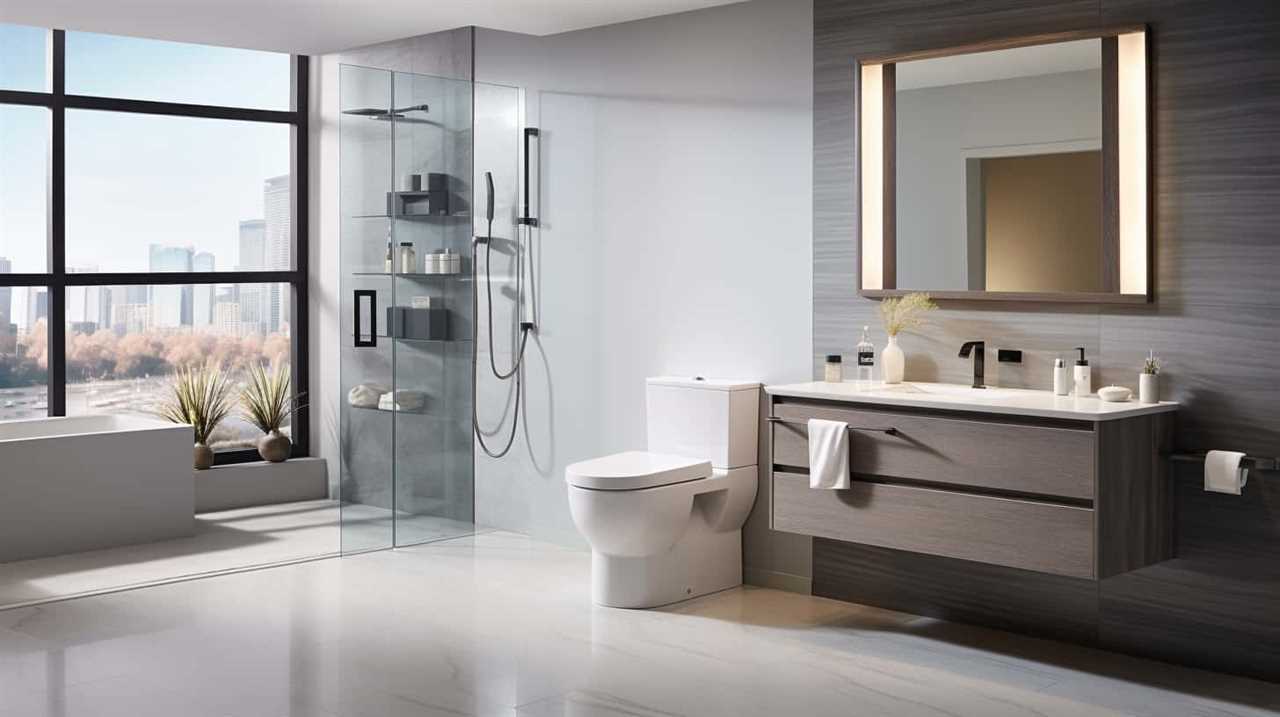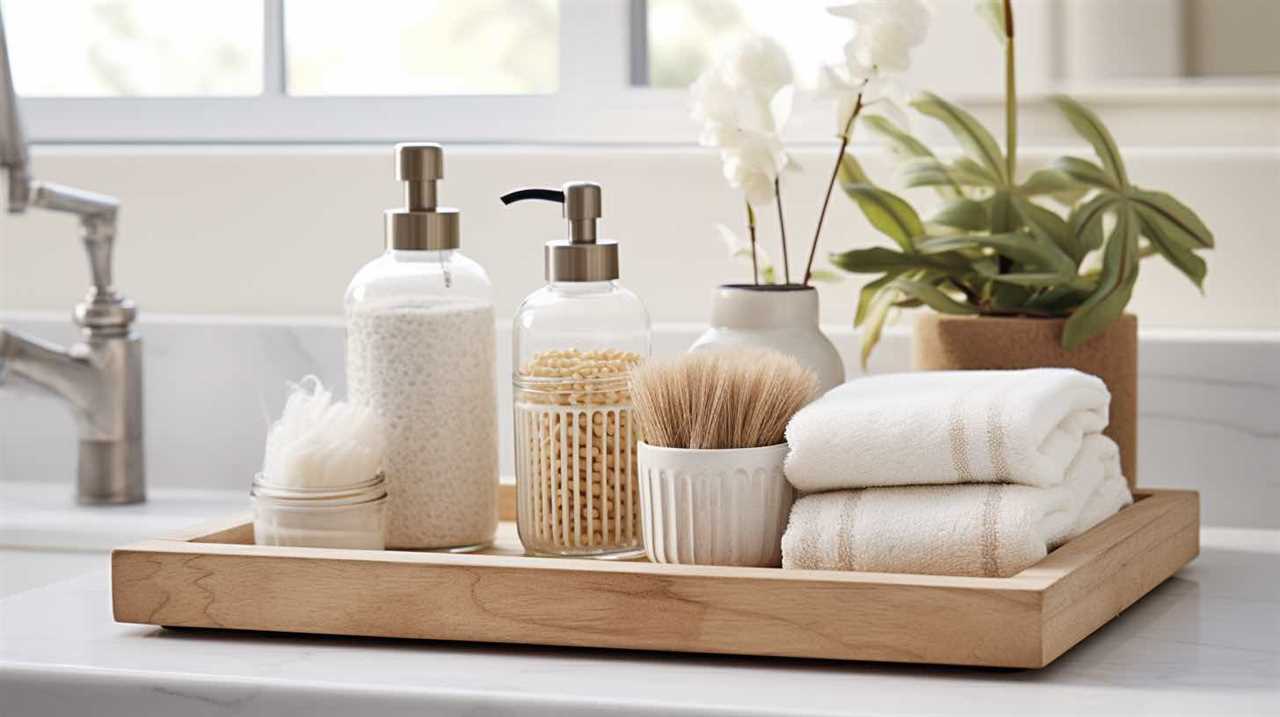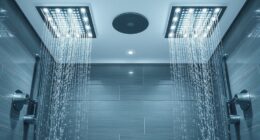Are you tired of a lackluster shower experience? Look no further than our comprehensive guide to shower faucets.
We’ll delve into the different types of faucets available and provide you with the knowledge to make an informed decision.
Follow our step-by-step installation process to ensure a seamless upgrade to your bathroom.
Plus, we’ll share maintenance and troubleshooting tips to keep your shower faucet in top-notch condition.
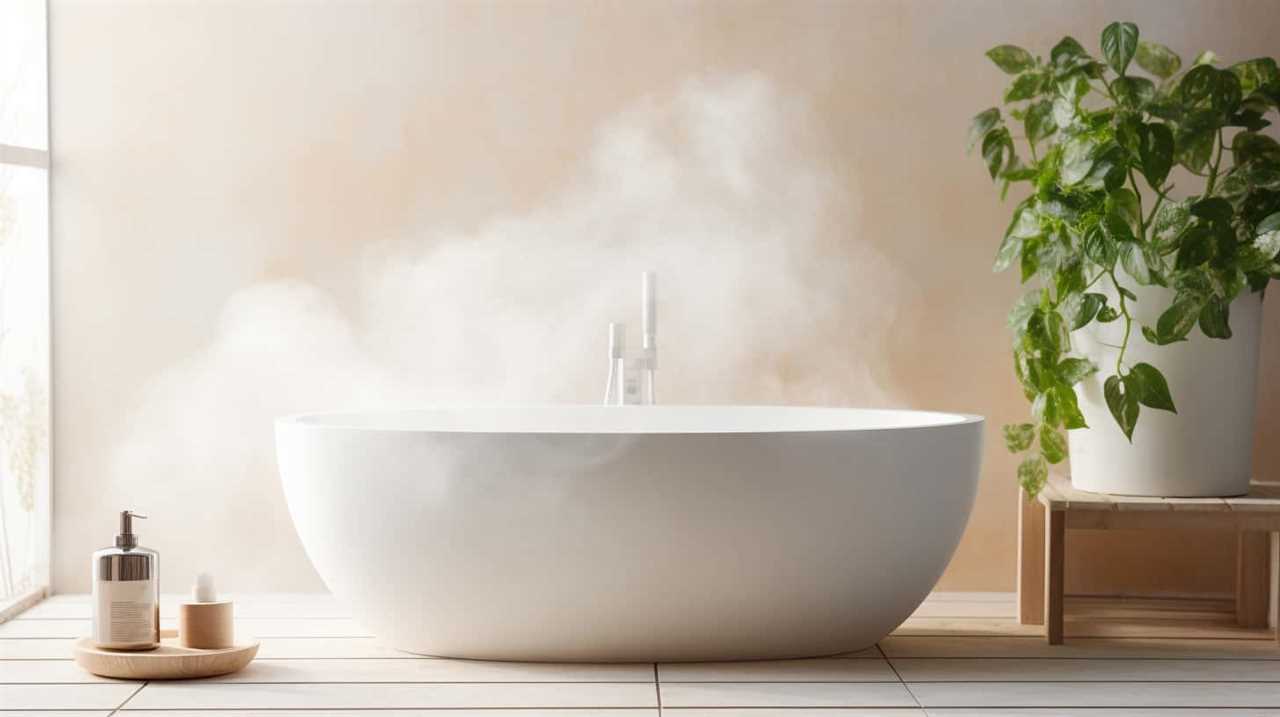
Get ready to master the art of a perfect shower.
Key Takeaways
- There are different types of shower faucets to choose from, including single-handle, double-handle, and thermostatic options.
- When choosing a shower faucet, consider factors such as design options, aesthetic preferences, and functionality requirements.
- Additional features to consider include adjustable spray settings, built-in water filters, and anti-scald protection.
- The installation process for shower faucets involves gathering necessary tools, turning off the water supply, removing the old faucet, connecting pipes, and checking for leaks and alignment.
Types of Shower Faucets
There are three main types of shower faucets that we commonly use in our homes.
The first type is the single-handle shower faucet, which allows for easy temperature and water pressure control. It’s a popular choice due to its simplicity and sleek design.
The second type is the double-handle shower faucet, which offers separate controls for hot and cold water. This allows for more precise temperature adjustments.
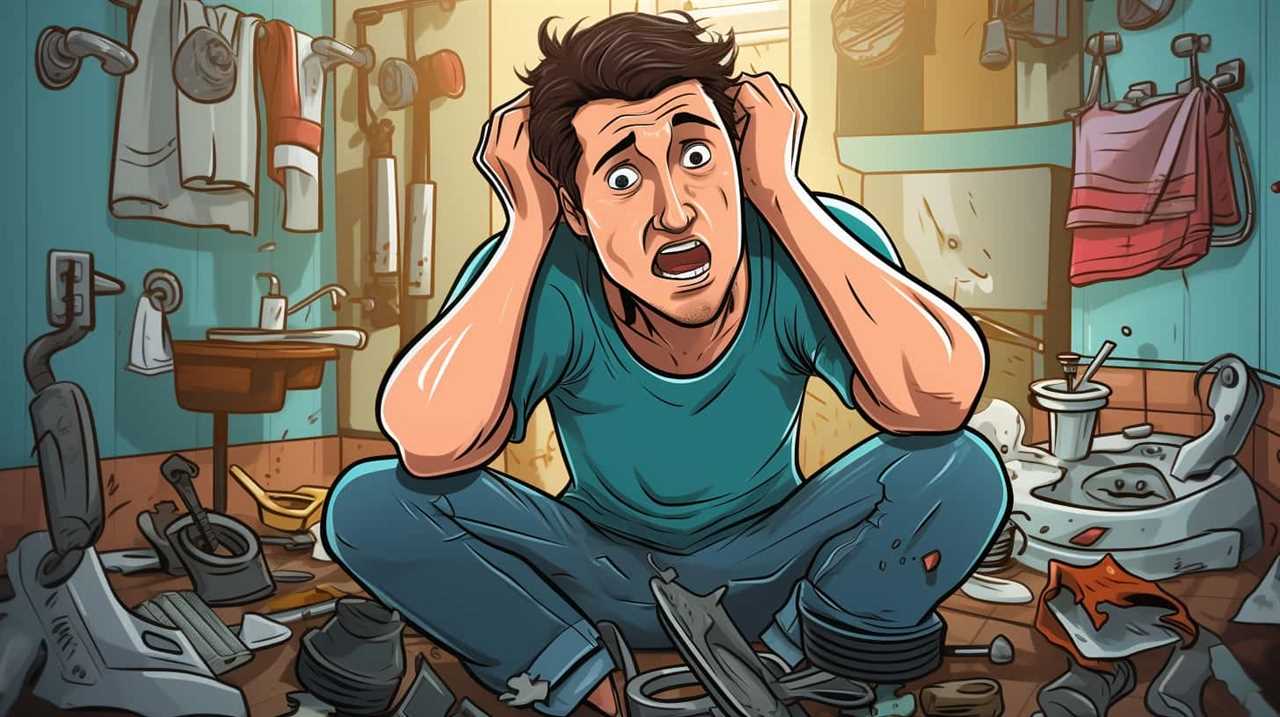
Lastly, we have the thermostatic shower faucet, which maintains a constant water temperature, even if there are fluctuations in the water supply.
When choosing a shower faucet, factors to consider include shower faucet finishes, which can range from chrome to brushed nickel, and shower faucet water pressure, which varies depending on your home’s water system.
It’s important to select a shower faucet that suits your preferences and needs.
Factors to Consider When Choosing a Shower Faucet
When considering a shower faucet, we should take into account several factors that will help us make the right choice for our needs and preferences.
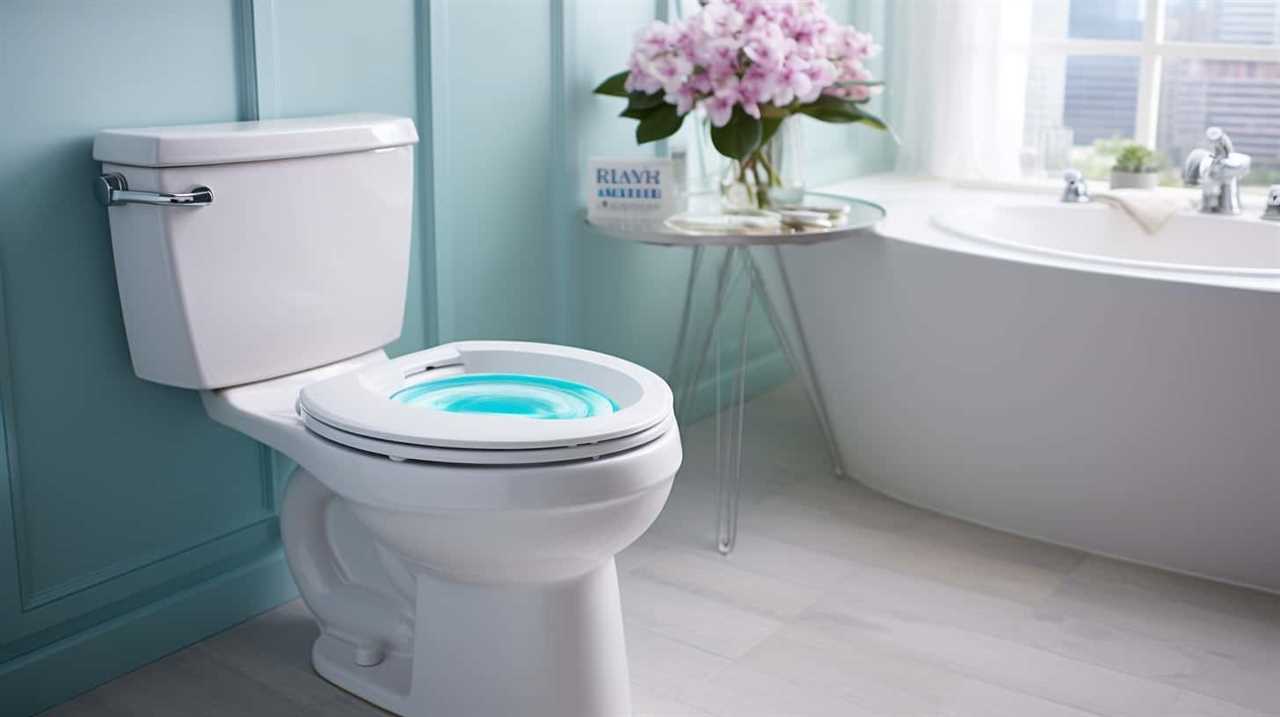
Here are three important factors to consider:
- Water Pressure: It’s crucial to choose a shower faucet that’s compatible with your water pressure. Low water pressure may require a shower faucet with features that optimize water flow, such as aerators or pressure-balancing valves. On the other hand, high water pressure may require a shower faucet with pressure-regulating valves to prevent water wastage and damage to the plumbing system.
- Design Options: Shower faucets come in various designs, including single-handle, dual-handle, thermostatic, and digital options. Consider the design that best suits your aesthetic preferences and functionality requirements. For example, a thermostatic faucet allows you to set and maintain a specific water temperature, while a digital faucet offers convenient touch-screen controls.
- Additional Features: Some shower faucets offer additional features like adjustable spray settings, built-in water filters, and anti-scald protection. Evaluate these features to determine if they align with your specific needs and enhance your showering experience.
Installation Process for Shower Faucets
To start the installation process for shower faucets, we need to gather all the necessary tools and materials. Here is a table outlining the materials required for a successful shower faucet installation:
| Materials | Tools |
|---|---|
| Shower Faucet Kit | Adjustable Wrench |
| Plumber’s Tape | Screwdriver |
| Pipe Cutter | Silicone Caulk |
| Pipe Fittings | Level |
Now that we have all the materials, let’s move on to the installation process. First, turn off the water supply to the shower. Next, remove the old faucet by loosening the screws and disconnecting the pipes. Use the pipe cutter to trim the pipes if necessary. Apply plumber’s tape to the threads of the new faucet to prevent leaks. Install the new faucet by connecting the pipes and tightening the screws. Finally, use silicone caulk to seal any gaps between the faucet and the wall. Remember to check for leaks and ensure everything is properly aligned. Following these shower faucet installation tips will help you achieve a successful installation.
Maintenance and Cleaning Tips for Shower Faucets
Now that we’ve discussed the installation process for shower faucets, let’s move on to maintenance and cleaning tips to keep your shower faucet in good condition.

Here are three important tips to ensure the longevity and performance of your shower faucet:
- Regular cleaning: Use mild cleaning products specifically designed for bathroom fixtures to remove soap scum, mineral deposits, and dirt. Avoid abrasive cleaners that can damage the faucet’s finish.
- Preventive maintenance: Inspect your shower faucet regularly for any leaks, drips, or loose parts. Tighten loose screws and handle connections to prevent further damage. If you notice any issues, address them promptly to avoid costly repairs.
- DIY repairs: Learn basic troubleshooting skills to handle minor issues like a dripping faucet or a clogged showerhead. There are many online resources and tutorials available to guide you through these simple repairs, saving you time and money.
Troubleshooting Common Issues With Shower Faucets
To troubleshoot common issues with shower faucets, we can start by identifying potential problems and their corresponding solutions.
One common problem is a leaky faucet. This can be caused by a worn-out washer or cartridge, which can be easily replaced with a DIY fix.
Another common issue is low water pressure. This can be due to a clogged showerhead or a problem with the water supply valve. Cleaning or replacing the showerhead and ensuring the water supply valve is fully open can often resolve this problem.
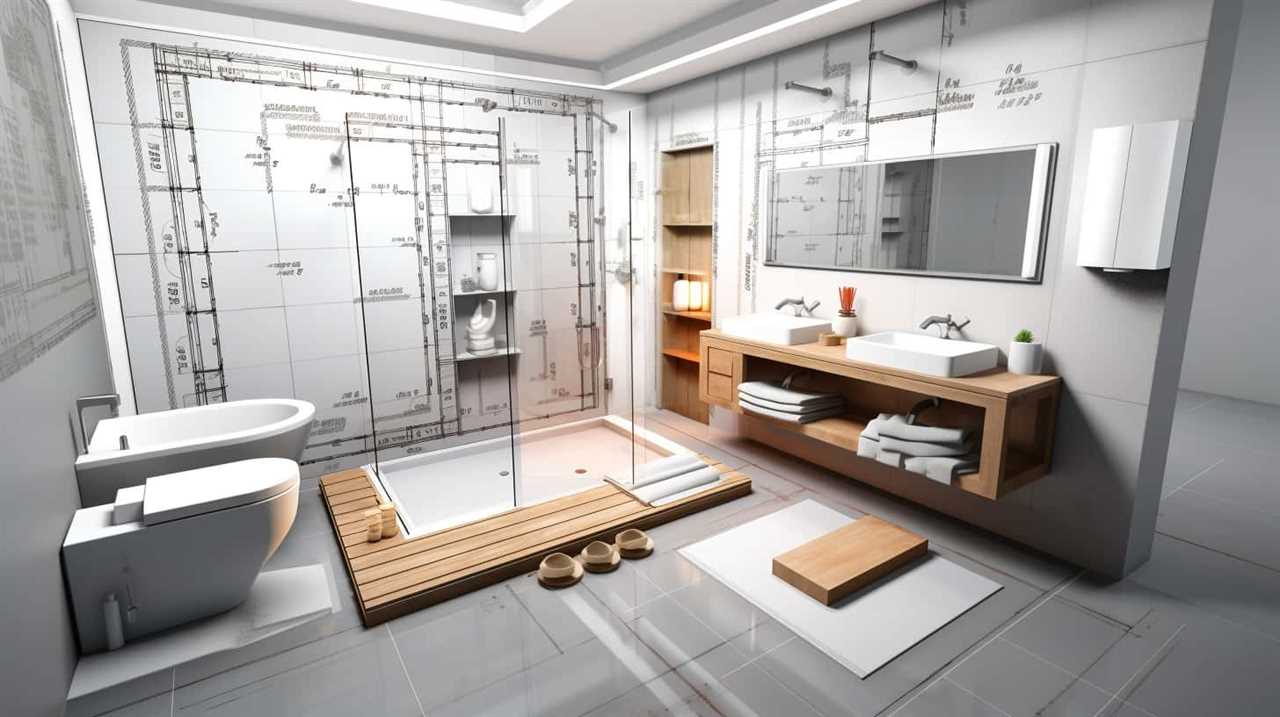
Additionally, a shower faucet that doesn’t switch between the different water temperature settings may have a faulty diverter valve. Replacing this valve can usually solve the issue.
Frequently Asked Questions
Can I Use Any Type of Shower Faucet With My Existing Plumbing System?
Yes, you can use different types of shower faucets with your existing plumbing system. However, it is important to consider the compatibility of the installation process and ensure proper functionality of the chosen faucet.
How Do I Know if My Shower Faucet Is Leaking and Needs to Be Replaced?
To determine if our shower faucet needs replacement, we observe signs such as a dripping or running showerhead, water discoloration, or low water pressure. Upgrading to water-saving showerheads can help conserve water and save money.
Can I Install a Shower Faucet Without the Help of a Professional Plumber?
Yes, we can install a shower faucet without the help of a professional plumber. With some basic knowledge of DIY plumbing and the right tools, we can successfully complete the installation ourselves.
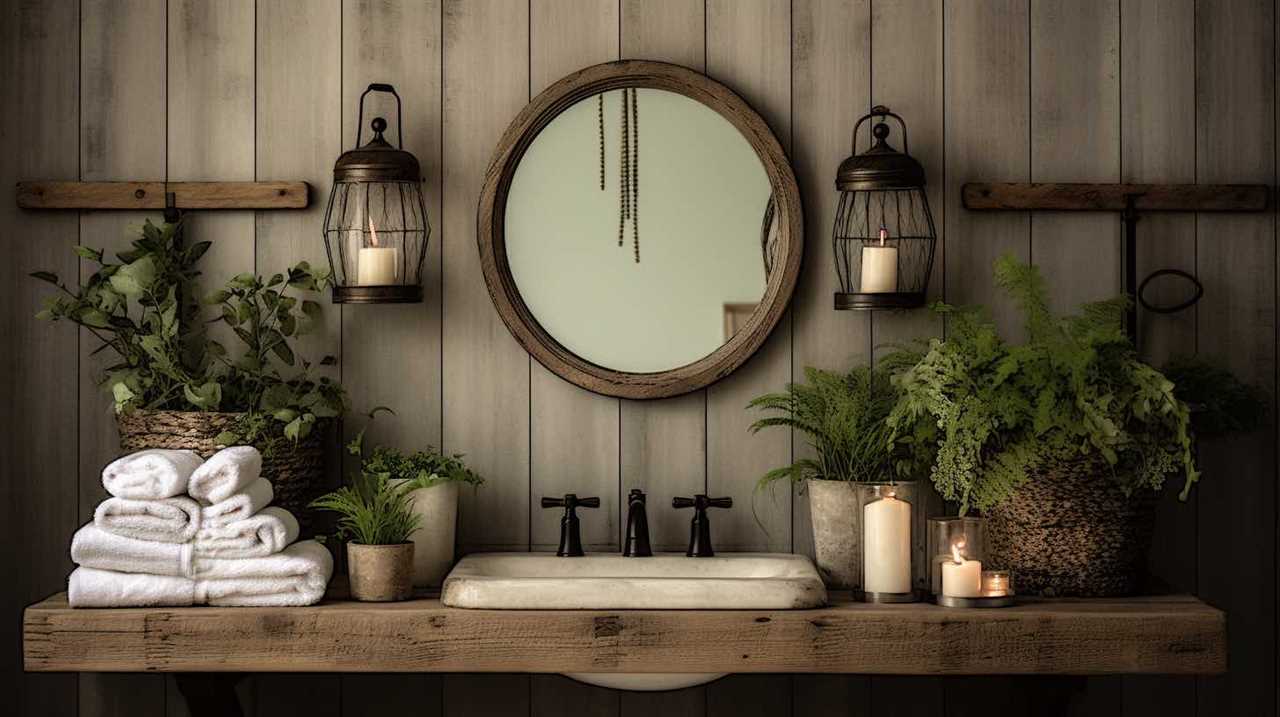
Are There Any Specific Cleaning Products I Should Use to Clean My Shower Faucet?
When it comes to cleaning our shower faucet, we always choose specific cleaning products that are designed to effectively remove grime and maintain its pristine condition. Here are some maintenance tips to keep in mind.
How Can I Increase the Water Pressure in My Shower Faucet?
To increase water pressure in our shower faucet, we can explore various solutions such as checking for any clogs or blockages in the pipes, adjusting the pressure regulator valve, or installing a booster pump.
Conclusion
In conclusion, selecting the perfect shower faucet is a task of utmost importance. With various types available and factors to consider, attention to detail is crucial.
The installation process must be executed flawlessly to ensure optimal functionality. Regular maintenance and cleaning will prolong the lifespan of your shower faucet.
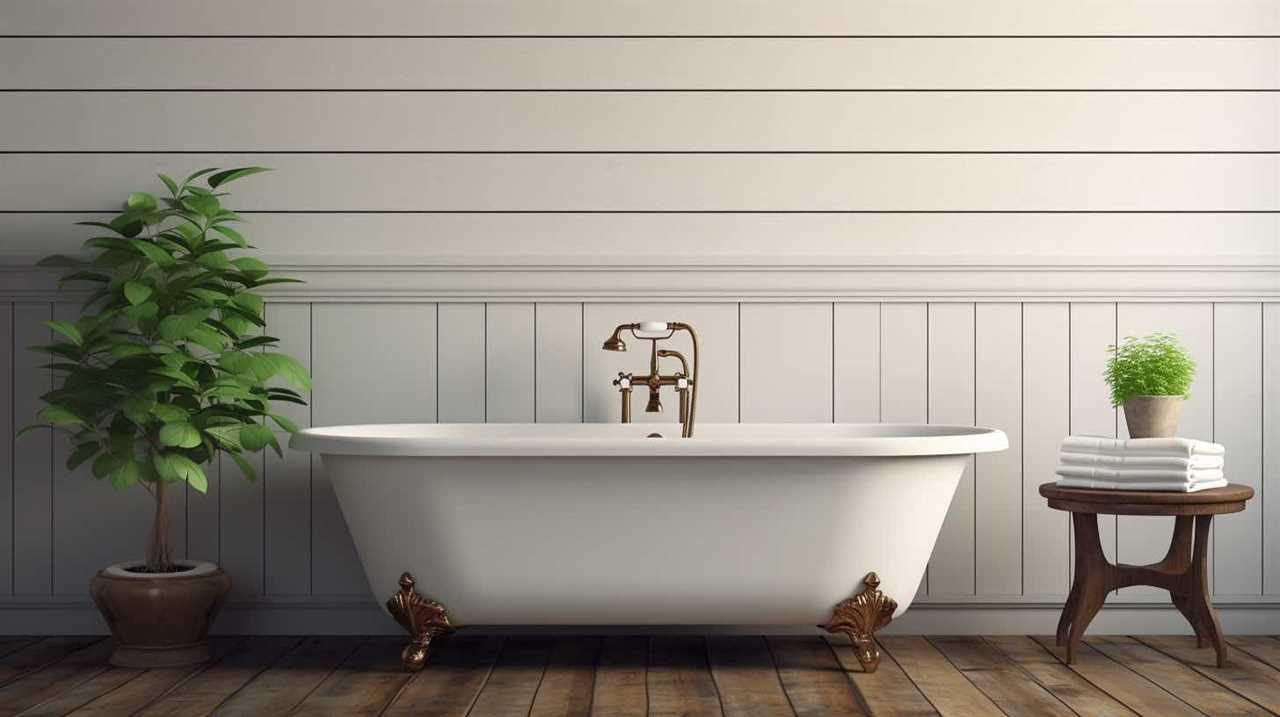
And when issues arise, troubleshooting is essential to keep your shower experience smooth and uninterrupted.
So, don’t underestimate the significance of a shower faucet, as it can truly make or break your daily routine.
